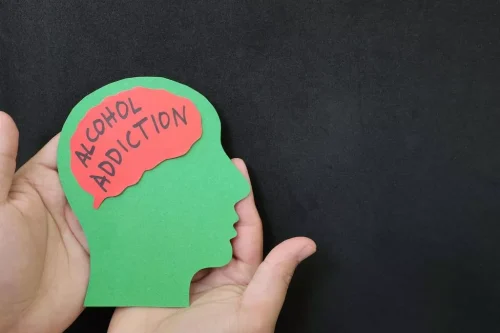
With Wernicke’s encephalopathy, a person will develop neurological symptoms because the brain is suffering from lesions that form from a lack of adequate thiamine. Once the signs of the first part of the wet brain syndrome diminish, a person can develop the symptoms of Korsakoff’s psychosis. Cirrhosis, pancreatitis, and cardiovascular disease are some of the more common damaging effects of chronic alcohol abuse, but wet brain is also one of the lesser-known effects of alcohol addiction.
- It’s important to recognize the early signs of this condition and seek prompt medical care.
- If you know someone who abuses alcohol or you need help yourself, The Recovery Village at Palmer Lake can help.
- The symptoms of wet brain vary based on whether it is in the early, reversible stage or in the later, permanent stage.
- Whereas many issues with alcoholism typically come slowly over time, wet brain is a sudden occurrence that comes with very little warning.
Stage 2: The Final Stage of Wet Brain Syndrome
According to statistics from the National Institute on Alcohol Abuse and Alcoholism, around 80% of people who experience alcoholism have thiamine deficiency. If you’ve never heard of wet brain syndrome before, or you’re keen to learn more, this informative guide will cover wet brain syndrome life expectancy, symptoms and treatment options. Your physician may initially assess you to check for indicators of alcoholism and wet brain.

The Connection Between Alcohol & Wet Brain
Alcoholism causes thiamine deficiencies over a prolonged period of time because alcohol reduces the body’s ability to absorb thiamine through the gastrointestinal tract. Over time, the body will absorb less thiamine as the result of excessive alcohol consumption. The first stage is the more important stage to notice because, at this point, no permanent changes have necessarily mush brain taken place. In the first stage, the main symptoms that are shown are confusion, loss of coordination, and slight muscular lags. Once a person has progressed to Korsakoff syndrome, there is little to be done other than manage the condition. For this reason, it’s important to treat wet brain as early and as aggressively as possible to prevent permanent damage.
Early Symptoms of Wet Brain
The national organization for rare diseases estimates that anywhere from 1-2 percent of the general US population currently has wet brain. Though the severities may change, the danger is still clearly there. In the first stage, the brain has started to bleed slightly, causing damages to many of the vital sections and many of its operations. The treatment at this stage comes in the form of thiamine injections, and complete alcohol detox must be committed to.

Wet Brain Symptoms

If the patient is diagnosed during the Wernicke’s encephalopathy stage, some symptoms may be reversible with prompt vitamin B1 treatment. However, if the condition has progressed to Korsakoff’s syndrome, the symptoms are generally not reversible. Once the proper balance has been thrown off, it’s difficult for the gut to absorb the right nutrients from food. When it can’t absorb enough thiamine over a long period of time, the chance of that individual developing WK Syndrome goes up dramatically. The danger of alcohol, even in the short term, includes alcohol poisoning and accidents or injury occurring due to being intoxicated, such as falls or driving under the influence.

Wernicke’s Encephalopathy Symptoms
Signs and symptoms
- The key to treating wet brain is to receive treatment as soon as possible.
- For example, suppose you are a chronic and heavy drinker who does not have sufficient nutritional understanding of healthy eating and drinks, leading to a poor nutritional diet.
- Wet brain syndrome is one of the physical risks of alcoholism that can’t be treated once it has progressed past a certain point.
